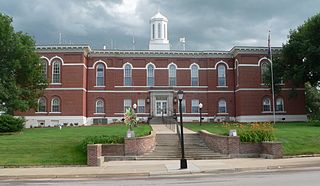
Otoe County is a county in the U.S. state of Nebraska. As of the 2020 United States Census, the population was 15,912. Its county seat is Nebraska City. The county was formed in 1854, and was named tor the Otoe Indian tribe.

Cass County is a county in the U.S. state of Nebraska. As of the 2020 United States Census, the population was 26,598. Its county seat and largest city is Plattsmouth. The county was formed in 1855, and was named for General Lewis Cass.

Keego Harbor is a city in Oakland County in the U.S. state of Michigan. A northern suburb of Detroit, Keego Harbor is located roughly 27 miles (43.5 km) from downtown Detroit, and about 3 miles (4.8 km) southwest of Pontiac. As of the 2010 census, the city had a population of 2,970. With a land area of 0.50 square miles (1.29 km2), Keego Harbor is the third-smallest city by land area in the state of Michigan, after Petersburg and Clarkston.

Alvo is a village in Cass County, Nebraska, United States. The population was 115 at the 2020 census.

Avoca is a village in Cass County, Nebraska, United States. The population was 178 at the 2020 census.

Cedar Creek is a village in Cass County, Nebraska, United States. The population was 465 at the 2020 census.

Eagle is a village in southwest Cass County, Nebraska, United States. As of the 2020 census, the village population was 1,065.

Elmwood is a village in southeast Cass County, Nebraska, United States. The population was 654 at the 2020 census.

Greenwood is a village in northwest Cass County, Nebraska, United States. The population was 595 at the 2020 census.

Louisville is a city in northern Cass County, Nebraska, United States. The population was 1,319 at the 2020 census.

Manley is a village in Cass County, Nebraska, United States. The population was 167 at the 2020 census.

Murdock is a village in Cass County, Nebraska, United States. The population was 270 according to the 2020 census.

Murray is a village in Cass County, Nebraska, United States. The population was 480 at the 2020 census.
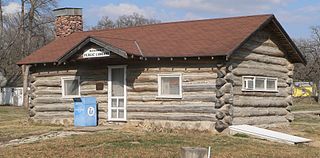
Nehawka is a village in southeast Cass County, Nebraska, United States. The population was 173 at the 2020 census.

Plattsmouth is a city and county seat of Cass County, Nebraska, United States. The population was 6,620 at the 2020 census.
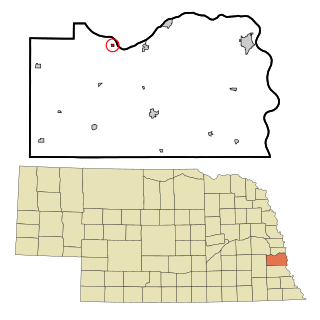
South Bend is a village in Cass County, Nebraska, United States. The population was 92 at the 2020 census. The main landmark is a pedestrian bridge across the Platte River which leads to Schramm Park State Recreation Area. It was built in 2004 on the pillars of the abandoned Rock Island Railroad bridge. Thirty-five trains a day—most of them coal trains—still pass through the area on the BNSF Railway main.

Union is a village in southeast Cass County, Nebraska, United States. The population was 195 at the 2020 census.
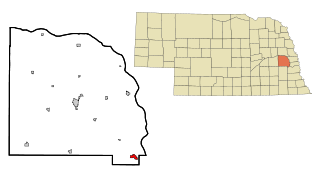
Ashland is a city in Saunders County, Nebraska, United States. The population was 3,086 at the 2020 census.
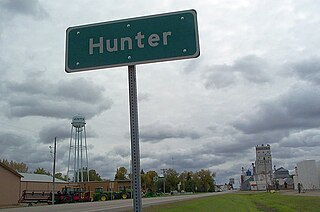
Hunter is a city in Cass County, North Dakota, United States. The population was 332 at the 2020 census. Hunter was founded in 1881.

Motley is a city in Cass and Morrison counties in the U.S. state of Minnesota. The population was 680 at the 2020 census. The main part of Motley is located within Morrison County; only a minor part of the city extends into Cass County























